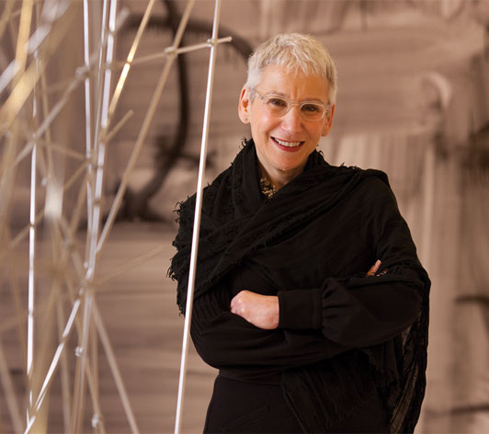 Summer 2012
Summer 2012|
"Impressionism in a New Light makes clear the radical nature of the Impressionist movement, its broad influence, and how it forever changed the way we see."
- Lynn Zelevansky |
In Pittsburgh, we have no need to travel to Chicago, New York, or Paris to see great examples of that most-loved of visual art forms, Impressionism. We are extremely fortunate to have an excellent collection of Impressionist and Post-Impressionist work housed at Carnegie Museum of Art. We all owe a debt of gratitude to the many donors who, over the years, have contributed to these remarkable holdings; most especially, we owe thanks to Sarah Mellon Scaife. While one might imagine that our Impressionist collection resulted from the judicious following of Andrew Carnegie's directive to buy from the Carnegie International exhibitions, which in the early years were annual events, only a few French Impressionist works were acquired from those first exhibitions. In contrast, between 1962 and 1973, Mrs. Scaife purchased for the museum 28 major paintings and two significant pastels by the Parisian artists. Working with Leon Arkus through his years as assistant and associate director and then director of the museum, she built the collection. I find it amazing that so relatively recently these works were on the market and could be bought in such quantity. Fortunately for us, Mrs. Scaife's taste was, within certain bounds, adventurous. She acquired classical Impressionist works by Monet, for example, but she also purchased Degas' The Bath, an unconventional work, even by Impressionist standards. It is as much drawing as painting, with broad and messy pointillist patterning that melds background and foreground, confusing space. The bather's leg appears to be simultaneously inside and outside the tub. It is the kind of work that would seem to appeal more to contemporary artists than to lovers of Impressionism, but Mrs. Scaife bought it. With Impressionism in a New Light: From Monet to Stieglitz, curators Amanda Zehnder and Linda Benedict-Jones pay tribute to Mrs. Scaife's legacy and her spirit by showing her very generous contributions to the collection, but also by expanding the definition of the movement itself. They move beyond the idea of Impressionism as a strictly French phenomenon, encompassing exclusively painting, sculpture, drawings, and prints; instead, they show its impact in other countries and on other media, most significantly Pictorialist photography. Impressionism in a New Light thus makes clear the radical nature of the Impressionist movement, its broad influence, and how it forever changed the way we see. At Carnegie Museum of Art, we created this exhibition for the people of the Pittsburgh region. It is my hope that they will visit the museum in great numbers to see and be proud of the great art that we share.
Lynn Zelevansky
|
First Impressions · GUITAR · Manufacturing Ideas · Growing Up a Science Rock Star · Special Section: A Tribute to Our Donors · NewsWorthy · Face Time: Russ Christoforetti · Artistic License: The Power of the Painter · Field Trip: Appalachian Wonder · Science & Nature: Taste the Rainbow · The Big Picture
 |
Copyright © 2017 CARNEGIE Magazine. All rights reserved. |


